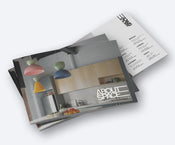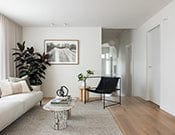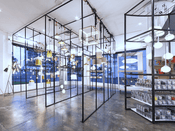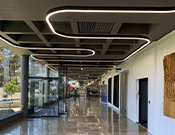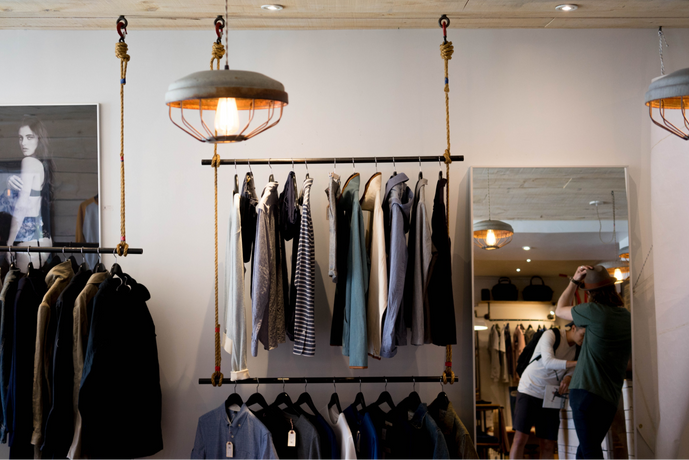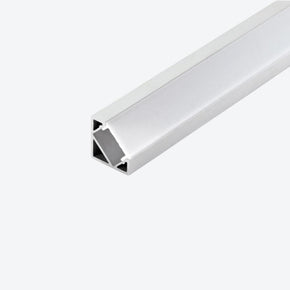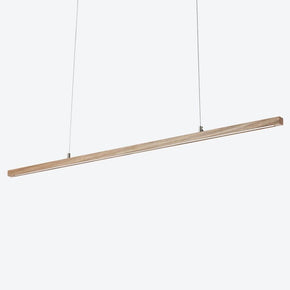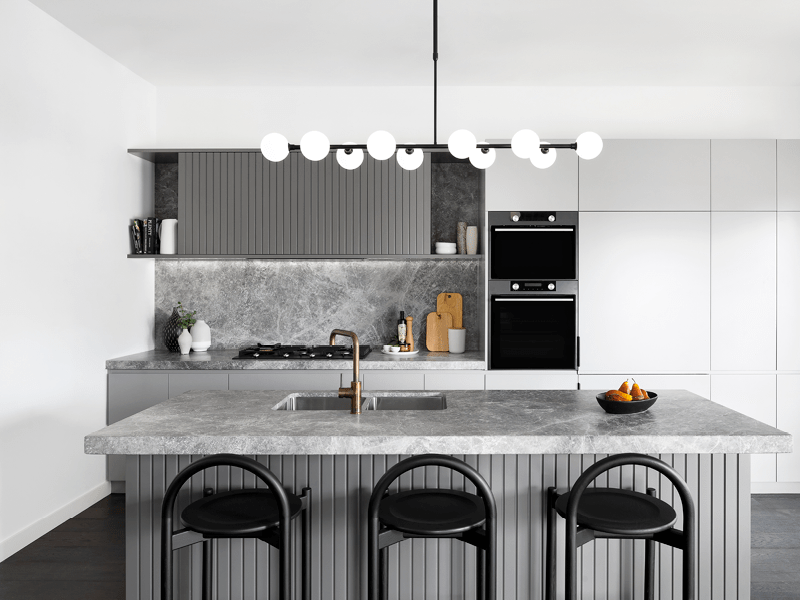- No products in the cart.
- ``
How lighting affects consumer behaviour: our tips for improving sales with store lighting
25
Mar
When we set foot in a store our subconscious mind gets to work, making judgements about everything we’re feeling, hearing and seeing. It may come as a surprise, but a store's fitout (and in particular the lighting!) have a huge impact on consumer behaviour, and sales as a result.
We know this is a big claim to make, and we know the more critical thinkers out there may think other factors are at play - or it’s simply luck. But to quash your doubt and instill the true power of lighting in you, let’s see what the research says!
What the research tells us
If you’ve never considered the lighting of your store, it’s probably about time you did. In fact, lighting is so important you might as well include it as part of your marketing strategy.
Studies have found that both the contrast and colour temperature of lighting influence a consumer's attention and arousal. Contrast alone also influences pleasure and intention.
In this particular study, an electronics retail store was analysed. Together, lighting was analysed to discover both the perceptions and physiological responses of subjects’, and it was found that:
- Subjects have higher levels of attention in high-contrast lighting with cool color temperature
- Subjects have higher levels of pleasure in high-contrast lighting
- Subjects have higher levels of arousal in high-contrast lighting with cool color temperature
- Subjects have higher levels of approach intention in high-contrast lighting
Of course, there are differences for each particular retail environment, your brand and the products or services you provide. When considering how to light your store, you should consider in equal parts how the lighting fits with your brand, and how it guides consumers towards taking a desired action - usually purchasing!
Your retail lighting plan
When planning lighting for a retail space, you’ll need to be across these four lighting layers to build a comfortable and functional environment.
Ambient lighting
Ambient lighting does just as it implies - create ambiance. Ambient lighting sets the mood of your store. It lets customers know how to feel when they enter your space. Most often, ambient lighting provides visibility, without compromising the mood you’re aiming to create.
Well designed ambient lighting usually includes ceiling and/or wall fixtures that disperse light widely and fill your space with light. Sometimes ambient lighting will seek to create a very bright environment. In other cases, it is softer, perhaps suggesting a more intimate shopping experience.
| SOFT LIGHTING | BRIGHT LIGHTING | |
| Feelings it can create |
|
|
| Where to use it |
|
|
Accent
The conversations surrounding store lighting are happening earlier and earlier in the design process. It has become an integral part of the customer experience. Lighting needs to do more now than it’s most basic function, it needs to draw the customers attention to certain elements, help them to feel certain ways, and help guide their journey with your brand.
Accent lighting is a more intense light that highlights a specific area or object. Many retail stores use accent lighting to highlight particular products - it’s very common in luxury stores. Accent lighting is also used to highlight advertisements, artworks, trinkets or anything your brand deems important in your store. It adds drama and style, and makes your space more unique. Accent lighting includes track lighting, spot lighting, picture lights and wall lights.
High-activity
Probably one of the most common types of lighting in retail, high-activity lighting seeks to rule out any shadowy spots or dark corners in your store which could be uninviting, or lead to customers missing particular products.
High-activity lighting uses a combination of fittings and fixtures to ensure the space is very brightly lit. Examples of retailers that use high-activity lighting in their stores include Apple, H&M and Uniqlo, or even supermarkets.
Tips for lighting your retail store
Based on what research tells us, here’s some of our top tips to consider when it comes to lighting your retail store!
1. Use colour temperature
You can use the temperature (Kelvin) of your lighting to influence the customer's experience in your space. If you’re opting for a more intimate and comfortable experience go with something warmer. If you’re seeking to encourage a longer shopping experience, and want to replicate conditions more similar to natural light, go with cooler lighting.
2. Make contrast your friend
Want to make your products stand out? Or perhaps you want to draw attention to certain areas in your store - either way, contrast is your friend! Make that diamond bling, or that new pair of shoes look like an irresistible buy. Using contrast you can truly influence where the customers eyes are drawn and this could have a big impact on their purchasing decisions.
3. Distribute and layer
Entice the customer into your store, and then guide them on a journey through your space. By distributing and layering lighting in a certain way, we’re able to influence the physical path that the customer takes. In tandem, we can be strategic in using lighting to draw their attention to particular products or points of interest along the way! IKEA does this very well, as do a number of furniture and homeware retailers.
4. Use your window space
Your store window sells your products 24/7, whether you’re open or not. With so many businesses trading online, your window space is your brand's billboard - so use it wisely! During the day, these spaces generally don’t require much lighting. But at night use striking contrasts and spotlights to highlight products that’ll have passersby giving your goodies a double take.
5. Make a statement
Not everyone needs or wants to make a statement. But, if you do then a unique pendant, chandelier or custom piece could be fantastic in your space. Of course, you don’t want to draw too much attention away from your products, so placement and finding the right piece is critical. A statement piece is a great way to create some wow-factor, and truly set your store apart from the rest.
6. Choosing the right bulbs
Generally speaking, LEDs are a great choice as they’re energy efficient and cost saving. However, in some instances fluorescent lights may, for example, be better for general lighting. It’s best to consult with a lighting expert, or do some tests in the space to see what is going to work best in the long run.
Time to light up your store and sales?
Hopefully you learnt a bit about how to light your store for success. When it comes to lighting in retail, it’s really a no brainer. Good lighting can improve your sales, customer experience and will eventually pay for itself.
If you’re looking to beautifully light your retail space, our consultants would love to help. Get in touch or book a consultation today.

